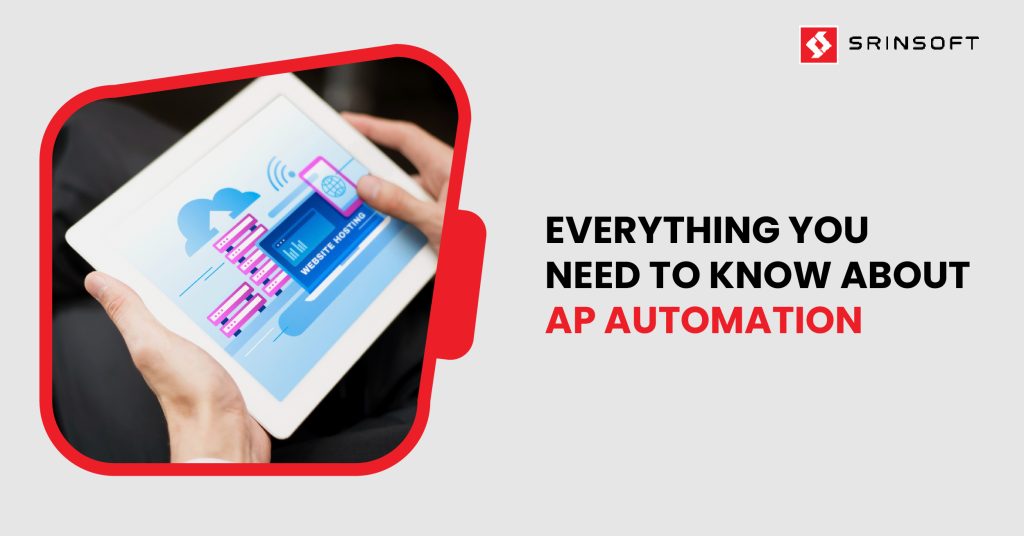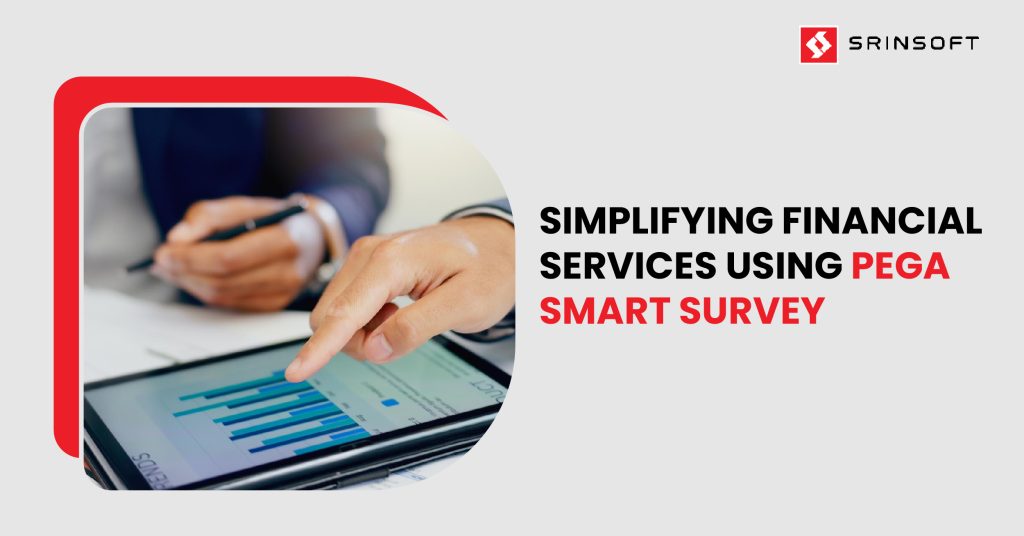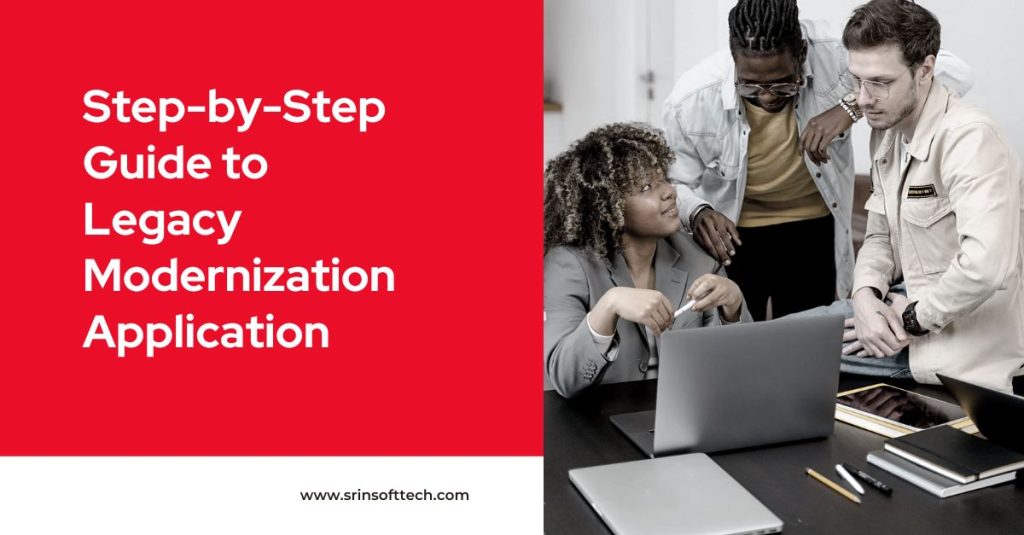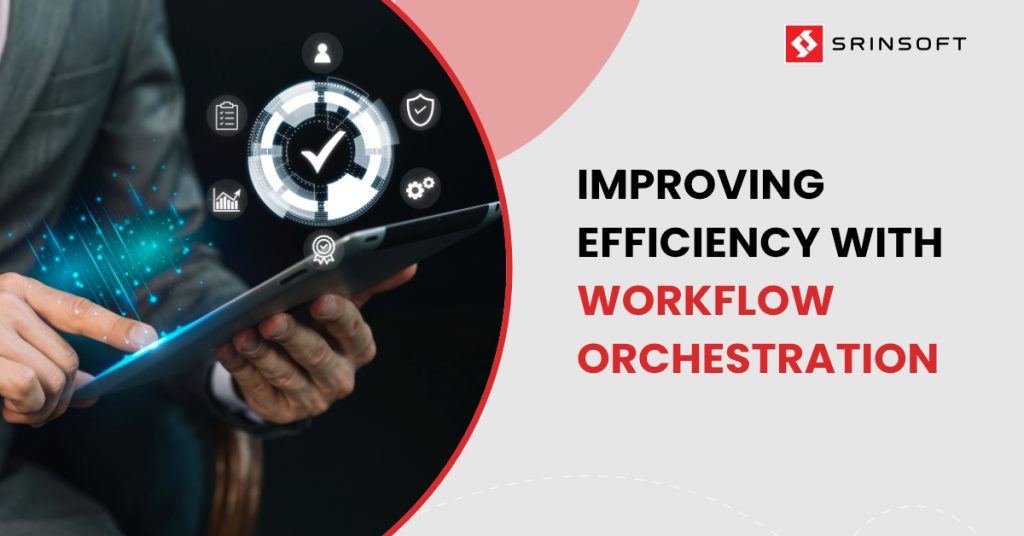
What is Accounts Payable Automation (AP Automation)?
AP automation technology is nothing but accounts payable automation that automates routine or tedious tasks such as coding, receiving mail, payment, route confirmation, and reconciliation.
You may come across the term “contactless”. This is usually because AP automation eliminates the need for manual data collection at all stages. However, the approver must sign up for payment with a click of the mouse.
AP automation software also often provides dashboards and analytics tools to help you manage AP processes and diagnose problems.
Searching and reviewing information is easy, as all payment information is digitized and stored in a single system.
Why should you automate accounts payable?
There are several reasons why you should automate accounts payable.
- Some are associated with a clear and rapid return on investment. AP automation can reduce your operating costs by reducing the need for manual work.
- It also helps you scale APs more easily as your business grows, reducing the need to hire more staff.
- AP Automation provides tools to help you better manage payments and cash flow.
- It can also improve your ability to capture vendor discounts by making the checkout process faster and more efficient.
- Other benefits include fewer cheats, fewer mistakes, and better analysis.
The AP jobs that will benefit most from automation are the jobs where you can reduce processing time or increase accuracy.
Best revenue jobs that require automation
AP automation can greatly improve the following steps compared to manual work:
Data entry: Data capture for all data is faster than data entry and less error-prone.
Invoice match: It can be compared with supporting documents such as invoices, purchase orders, and receipts (three-way comparison). This automatic matching is accurate & faster than manual matching, that too for businesses that may need to match data stored in multiple locations.
Code the invoice: You can create rules to determine the correct list for each invoice, eliminating time and inconsistencies in the coding guide
Recommended method: Sending all required approvals electronically is faster than sending documents individually, and also provides better tracking of the entire project.
How to automate payment?
Companies often use AP automation software, either in a software-as-a-service model where the application is hosted in the cloud, or in the building for companies that choose to maintain and manage their systems.
It’s worth your time to identify the rules that both finance staff and approved people need to learn when the system is in place so you can work as hard as possible.
While the AP process is fairly standard, companies may have some specific requirements and you need to make sure your solutions can meet those requirements. This will provide the best return on investment.
What are the benefits of AP automation?
AP automation is beneficial not just for the finance team, but for the entire organization: Less document storage, the need to pay for postage and delivery.
- Less human error reduces the need for multiple departments to spend time investigating issues and resolving vendor complaints.
- Easier monitoring and follow-up work. Built-in security and liability include signs of suspicious activity to help detect fraud.
- Timely and predictable payments improve your reputation and assist you in future negotiations with vendors.
- Employees can be assigned to more productive tasks, such as reviewing payroll information, rather than wasting time on data entry.
How to choose AP software?
Below are the steps to choose the right accounts payable automation software for your business:
Planning: Build a team that can define your company’s AP automation goals.
Addition: Check how you currently process payments and craft a list of requirements for your accounts payable automation solution. At the end of this stage, you create a Request for Proposal (RFP) and send it to the correct product selection.
Supplier Assessment: Request for quotation, and evaluate offers from vendors on the basis of functionality, cost, and implementation.
Supplier choice: Make sure you pick the best suppliers who can get results that match your needs; this will include creating detailed discovery documents and requesting demos.
How does Pega do AP automation?
The following model will provide a complete solution to the functioning of the payment system.
In the opinion that the invoice received from the seller is an invoice, the source of the process will be the mailbox.
Pega Email Listener will listen for new (unread) emails and create email files in Pega.
Attachments are sent to the OCR system and after the information is received, an invoice is created in line with the need. Interoperability with the OCR system may require a storage system (e.g. FTP, S3 folder, SharePoint, etc.) to display links.
Invoices generated will be validated using data from the MuleSoft API.
Finally, the reference data is sent to the Oracle database via the MuleSoft API. When the invoice in the Oracle database is complete, the invoice will be marked as complete.
Schema:
Create Decisions and Generate Approvals to Manage Emails
Email Case:
- Pega will generate a case email.
- Job classification rules will be applied as required.
- State-specific business rights to each vendor. An indefinite classification is possible only if it is not limited by external criteria.
- OCR will be processed as part of the email document and a separate billing document will be generated upon request.
Outlook Integration:
For invoice automation, not all invoice templates will be used in the first phase of the application, so Pega will monitor the folder in Outlook until it is ready to handle any email. This includes the task of manually moving the requested emails to the Outlook folders.
If it is possible to send emails directly from the sender to the mailbox monitored by Pega, Pega can monitor the entire inbox, not just a folder, and the above considerations can be ignored
OCR integration:
Business rules can be used as needed when reading vendor-specific emails. In some cases, the vendor cannot be identified until the invoice has been OCR, and the text on the invoice must be read before a full OCR can be performed.
This requires an understanding of suppliers who deal with invoices and use appropriate business rules. The OCR system should be able to bring this information to Pega when requested.
Attachments sent by any sender can be one-to-many invoices. The OCR system must be able to meet the needs of the buyer.
Also, it depends on the invoice received. Any invoice that is unclear or malformed for OCR does not guarantee a successful OCR read.
Mulesoft Integration:
Pega will integrate with MuleSoft API for authentication.
Pega will integrate with MuleSoft API to publish data to Oracle DB.
Invoice Example:
Pega will generate an invoice for each invoice determined by email.
Pega will integrate with MuleSoft API to retrieve valid data and report data to Oracle and will administer the commercial policy for all applicable vendors as required.
The language used will be managed in Pega as much as possible and will be made available to users as needed.
An SLA:
An SLA will be considered for each state of the invoice and appropriate action will be taken,
including warning in case of breach.
Have more questions on AP automation or PEGA? Feel free to reach out to our experts.


